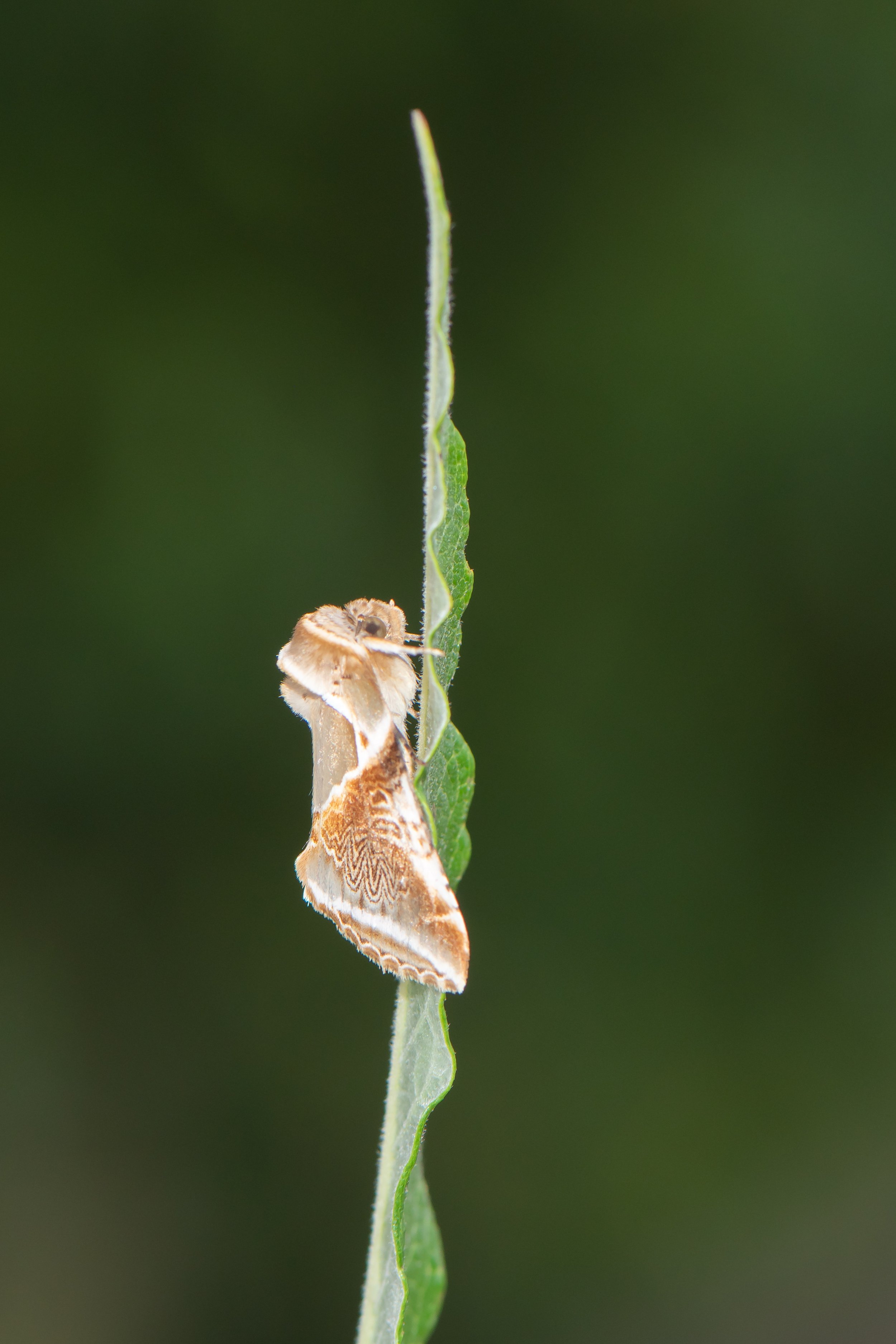Easterly winds with rain forecast had me watching in anticipation throughout this week.
A trickle of drift migrants on Thursday followed by a more significant arrival on Friday got the juices going. A couple of pied flycatchers on Friday night for me, whilst very welcome where somewhat disappointing.
However no-one could have predicted what would unfold during the first hour of light on Saturday morning.
I started on the beach at the warren but with little to photograph in the first half hour other than distant terns and the odd gull, as well as two very distant arctic skua, I soon had itchy feet.
I heard a message on the radio that mentioned Cory’s Shearwater. I scanned out to sea and couldn’t see anything that resembled a shearwater. Having gone back up to the seawatching area it soon became apparrent that the shearwater had been on the Humber and quite close!
I watched a black tern fly east out of the Humber thinking what might have been if i’d not have gone onto the beach.
Cory’s Shearwater are a rare bird in Yorkshire at the best of times and most are seen distantly off-shore. To get one in the Humber was unprecedented.
It get better-the shearwater had tracked west along the Humber and a running commentary was played out over the radio by various birders between the gate and Sammy’s Point. It had turned around and was heading back. First past Sammy;s, then the Crown and Anchor and then the gate. It did this 3 times each getting a bit closer, before eventually cutting out to sea over Kilnsea then heading north. What an exhilarating hour that was!
The light was fantastic and with high tide around 9am it made for perfect photographic conditions. Common waders were very obliging as they flew along the tideline looking for somewhere to roost.
A showy red-backed shrike was a nice addition to the day as well as more pied flycatchers, a spotted flycatcher and a redstart. I looked for both Icterine Warbler and Wryneck but saw neither.
Sunday was much quieter but a trip on to Kilnsea Wetlands produced more waders including wood, curlew, common and green sandpipers. A few ruff were around as well as greenshank. A great white egret posed nicely in the early morning sun.
A drive back to check the moth trap and then we were away mid morning.
What a fantastic weekend!
Corey’s Shearwater
Corey’s Shearwater
Corey’s Shearwater
Corey’s Shearwater
Corey’s Shearwater
Corey’s Shearwater
Corey’s Shearwater
Corey’s Shearwater
Corey’s Shearwater
Corey’s Shearwater
Corey’s Shearwater
Corey’s Shearwater
Corey’s Shearwater
Corey’s Shearwater
Corey’s Shearwater
Corey’s Shearwater
Corey’s Shearwater
Corey’s Shearwater
Corey’s Shearwater
Pied Flycatcher
Waders at dawn
Curlew
Dunlin (top) and Ringed Plover
Bar-Tailed Godwits
Mixed Waders
Bart-Tailed Godwits, Curlew, Redshank
Whimbrel
Red-Backed Shrike
Red-Backed Shrike
Red-Backed Shrike
Razorbill
Knot
Bar-Tailed Godwit
Green Sandpiper
Greenshank
Great White Egret













































































